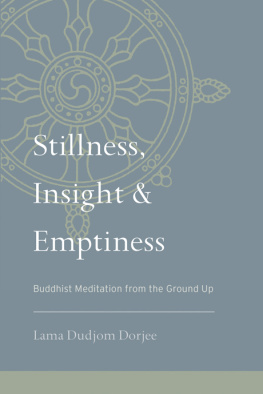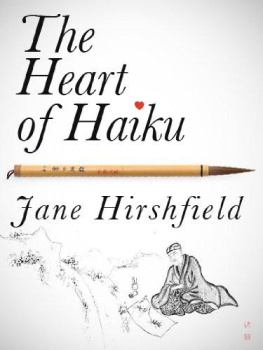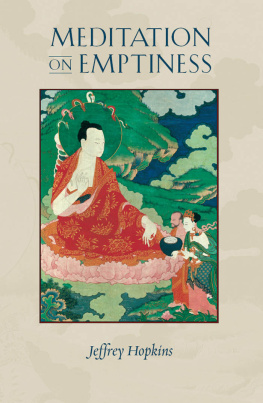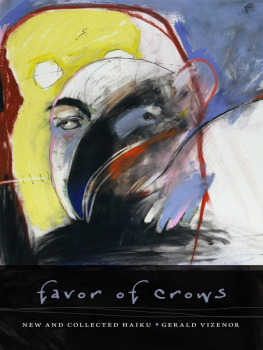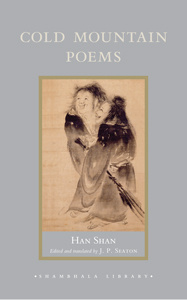ACKNOWLEDGMENTS
Acknowledgment is made to the following for permission to use reproductions of the paintings included here:
Kozan-ji, Kyoto: plate
Nanzen-ji, Kyoto: plate
Ryusen-an, Hanazono Myoshin-ji, Kyoto: plate
Mr. Nagachika Asano, Tokyo: plate
Mr. Sotaro Kubo, Izumi: plate
Mr. Takaharu Mitsui, Tokyo: plate
Mr. Tomijiro Nakamura, Tokyo: plate
Mr. Fumihide Nomura, Kyoto: plate
Hakone Museum: plates
Maeda Ikutoku-kai, Tokyo: plate
Museum of Fine Arts, Boston: plates
Tokyo National Museum: plates
Yamato Bunka Museum, Nara: plates
For permission to use quoted passages acknowledgment is also made to the following:
Alfred A. Knopf, Inc., for a passage from A Farewell to Meng Hao-an on His Way to Yang-Chou, by Li Po, translated by Witter Bynner, quoted from The Jade Mountain: A Chinese Anthology (New York: 1929).
Rider & Co. and the executors of the late D. T. Suzuki, for the passages quoted from Essays in Zen Buddhism, first series (London: 1970), and Essays in Zen Buddhism, second series (London: 1970), by D. T. Suzuki.
We wish to thank Mrs. Yasuko Horioka for creating fresh translations of the haiku. Her scholarship and empathy were invaluable in finding the right haiku and in establishing an authoritative version of each.
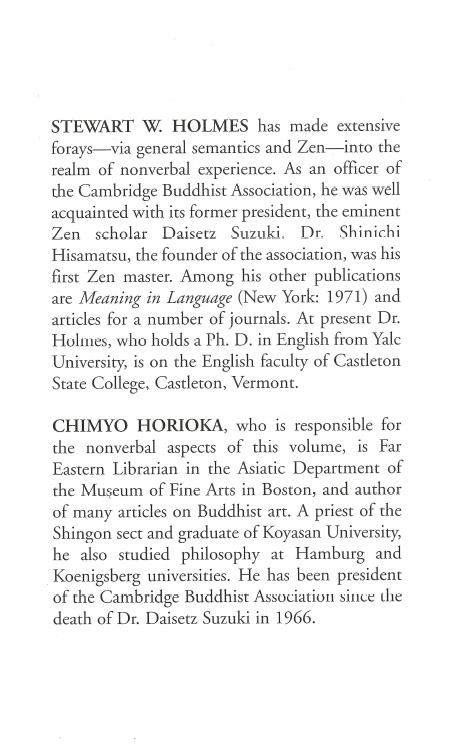
TABLE OF CONTENTS
Published by Charles E. Tuttle Publishing Co., Inc. an imprint of Periplus Editions (HK)Ltd., with editorial offices at 364 Innovation Drive, North Clarendon, VT 05759, USA.
Copyright 1973 by Charles E. Tuttle Publishing Company,. Inc.
All rights reserved.
LLC Card No. 73-78279
ISBN: 978-0-8048-1255-9
ISBN: 978-1-4629-0297-2 (ebook)
First printing, 1973.
Printed in Singapore.
Distributed by:
North America, Latin America & Europe
Tuttle Publishing
Airport Business Park,
364 Innovation Drive,
North Clarendon, VT 05759-9436 USA
Tel: 1(802) 773 8930 Fax: 1(802) 773 6993
Email:
www.tuttlepublishing.com
Japan
Tuttle Publishing
Yaekari Building, 3rd Floor, 5-4-12 Osaki, Shinagawa-ku,
Tokyo 141-0032
Tel: (81) 35437 0171 Fax: (81) 35437 0755
Email:
Asia Pacific
Berkeley Books Pte. Ltd.
61 Tai Seng Avenue, #02-12
Singapore 534167
Tel: (65) 62801330 Fax: (65) 6280 6290
Email:
www.periplus.com
13 12 11 10 09 24 23 22 21
TUTTLE PUBLISHING is a registered trademark of Tuttle Publishing, a division of Periplus Editions (HK) Ltd.


LIST OF ILLUSTRATIONS
| Landscape with Flock of Flying Birds, anonymous, 12th century |
| Man on Water Buffalo Returning from a Village Feast, attributed to Li Tang, 12th century |
| Bare Willows and Distant Mountains, Ma Yuan, 12-13th centuries |
Detail of plate |
| The Four Sleepers, Mokuan, 14th century |
| Bamboo and Sparrow, Kao, 14th century |
| Landscape, Shubun, 15th century |
Detail of plate |
| Landscape, style of Shubun, 16th century |
Detail of plate |
| Clear Weather in the Valley (left side), anonymous, 13th century |
| Scholar Seated under a Tree, Wu Wei, 15th-16th centuries |
| Boat on a River, anonymous, ca. 15th century |
| Clear Weather in the Valley (right side), anonymous |
| Storm at Sea, Sesson, 16th century |
| Rapids, attributed to Motonobu, 16th century |
| Sage Looking at Lotus, Masanobu, 15th-16th centuries |
| Jittoku Laughing at the Moon, Geiami, 16th century |
| Shrike, Niten (Miyamoto Musashi), 17th century |
| Landscape: Houses on a Lake, attributed to Shubun, 16th century |
| Heron, Tanan, 16th century |
| Two Boys Herding Water Buffaloes under Willows, anonymous, 12 th century |
| Hotei, Mokuan, 14th century |
| Bird Flying over Abyss, Liang Kai, 13th century |
| A Fish, anonymous, ca. 14th century |
| Hunting Heron, Ryosen, 14th century |
| Patriarch Hui-neng Tearing a Sutra Scroll, Liang Kai, 13th century |
| Monkey Reaching for the Moon, Tohaku, 16th-17th centuries |
| Animal Frolic (detail), Toba, 12th century |
| Three Sages Laughing on Rozan Bridge, Shohaku, 18th century |
| Nine Dragons Scroll (detail, part V), Chen Jung, 13th century |
| Li Po, Liang Kai, 13th century |
| Bodhidharma, Kei Shoki, 15th century |
| Landscape with Figures Going up a Hill, Kei Shoki, 15th century |
INTRODUCTION
This book is meant for those who wish to own reproductions of some of the finest pictorial art in the Zen tradition, in a format favorable to participation in the artists vision.
Hundreds of pictures from the canon of classical Chinese and Japanese ink painting were examined to find thirty-one that would appeal to Western viewers and would also present a wide spectrum of subjects and styles. The originals of this gallery-without-walls exhibition are in collections all over the world. These private and national treasures are widely considered to be not only great works of art but also portraits of various faces of mans soul.
From this it follows that this book is also for those who wish, by meditating somewhat in the Zen way, to experience certain insights into human nature and the universe. To this end it provides for each picture a commentary focused on a Zen tenet and illuminated by haiku poems. Thus great masterpieces by Zen-inspired artists and poets, used and preserved for centuries by followers of the Zen Way, are here made available to Westerners as stimuli to expansions of consciousness. The book may function as a substitute (admittedly quite inadequate) for the guidance of a Zen master.
Using the Book
Whether you are primarily interested in enjoying great examples of the Chinese and Japanese art of ink painting ( sumi-e ) or in achieving expansions of consciousness and preconsciousness, this book opens doors.
If you wish to use it as a meditation instrument, the following sequence is suggested as a model on which to build your own practice. You will doubtless make your own adaptations as time goes on.
Place: a softly lighted room, moderate in temperature, quiet, and otherwise suitable for a serene state of mind.
Clothing: loose, comfortableor none.
Mode of sitting: the nearest possible approximation to the lotus position (see pictures of statues of the seated Buddha). Even if you find a chair more comfortable at first, try to get accustomed to sitting cross-legged on the floor.
Sit on a thick, firm pillow so that your buttocks are higher than your knees. If you can finally manage to sit with your left foot on your right thigh, you will find that putting a thinner pillow under your left knee will help to keep both knees on something firm.


